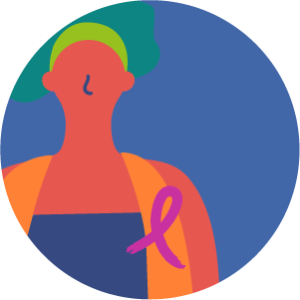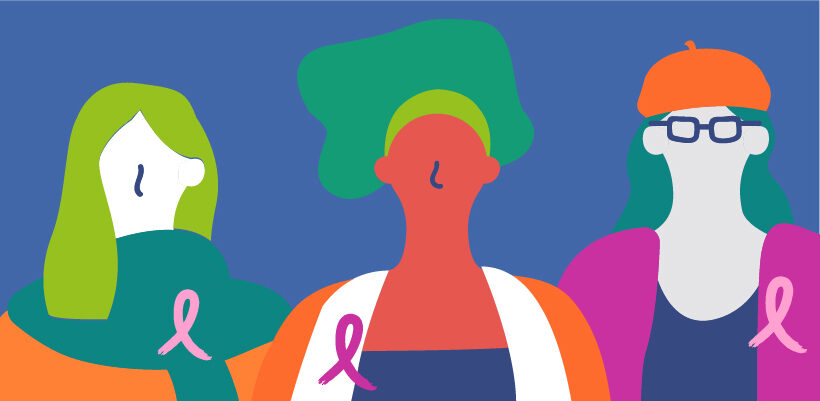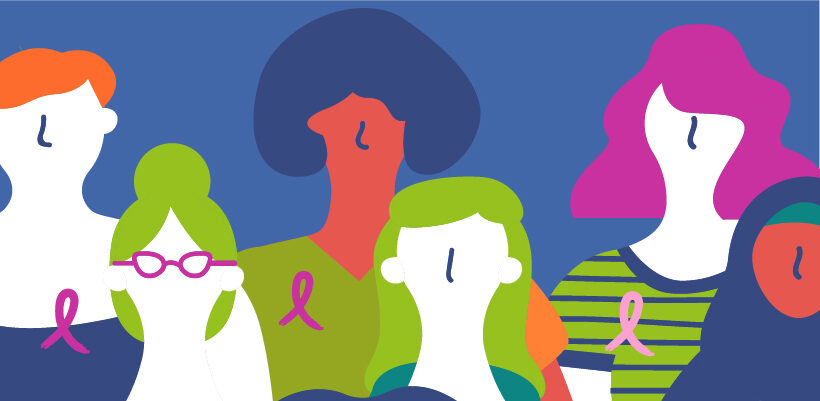
Breast Cancer Awareness Month
October is that time of the year where we start to anticipate cooler weather and pulling out our favorite cozy sweaters. We also get excited to carve pumpkins, decorate the house, and find the perfect Halloween costume. While October is considered the kickoff for many fall activities, it's also Breast Cancer Awareness Month.
Many of us know someone whose life has been affected by breast cancer. As we honor those who have passed and acknowledge those who are still fighting, we want to highlight some of the ways women can reduce their risk. Being informed about services like mammograms and knowing the signs of breast cancer can be life saving for many women in our community.

What's a mammogram, and do I need one?
Mammograms are one of the best ways to detect early signs of breast cancer. During your exam, you can expect to get an x-ray taken of both your breasts. These pictures will then help medical providers determine if any signs of cancer are present. While things like your family history and lifestyle can be a factor, it's recommended that all women between the ages of 45 and 54 get a mammogram once a year.
Concerned about costs or where you can go to receive one? SRHD offers eligible women free screenings and diagnostic services for breast cancer. To see if you’re eligible, click here: Eligibility & Enrollment | SRHD
It's recommended that all women between the ages of 45 and 54 get a mammogram once a year.
What are the signs of breast cancer?
There are eight signs of breast cancer you should be aware of. A few of these include abnormal changes in the size of your breast, swelling, pain in a localized area that doesn’t go away, and sudden nipple discharge. To learn more about the eight signs of breast cancer, visit: Breast, Cervical, Colon Health | SRHD

How can I reduce my risk?
Along with regular exercise and limiting your alcohol intake, one of the best ways to reduce your risk of breast cancer is to consider your family history. Talk to your medical provider about the women in your family who have been diagnosed with breast cancer. This information can help your doctor determine your level of risk and whether you should get a mammogram earlier than the recommended age.
No need to stress, though. Just because breast cancer runs in your family doesn’t mean it automatically gets passed down to you. Early mammograms are simply a way to ensure you stay healthy and informed if something cancerous were to appear. Learn more about reducing your risk here: Breast, Cervical, Colon Health | SRHD

Breast cancer affects nearly 255,000 women in the United States each year.
Through continued education and regular mammograms, we can limit the number of women who are diagnosed with advanced stages of breast cancer each year and continue to make strides towards a healthier community.
